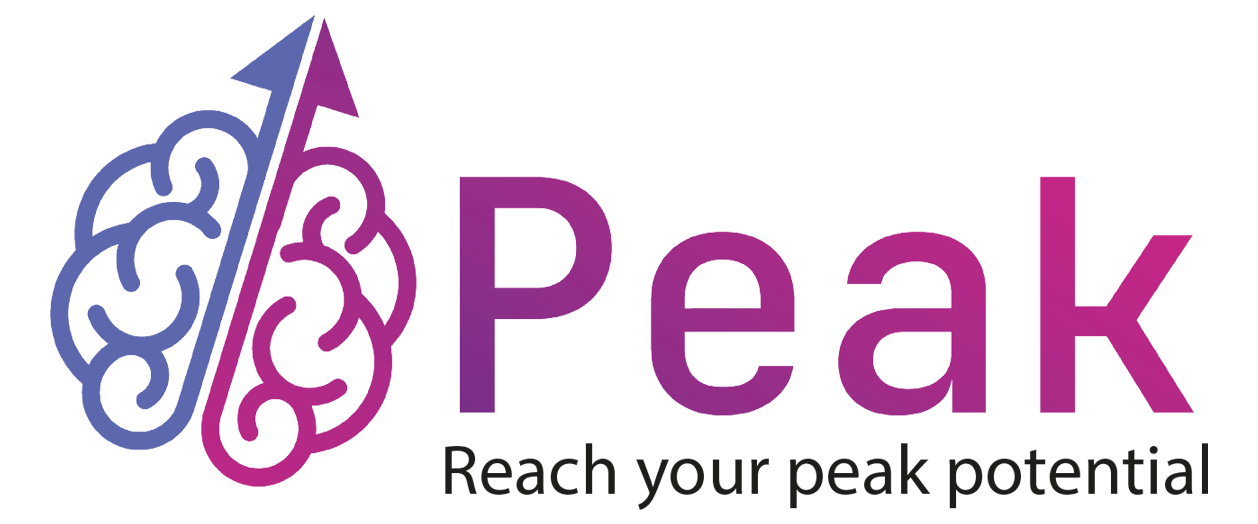Neurofeedback Training
Neurofeedback Training
Neurofeedback training is a type of intervention that aims to help individuals regulate and modify their own brainwave patterns. It involves real-time monitoring of the brain’s electrical activity using an electroencephalogram (EEG) and providing feedback to the individual in the form of visual, auditory, or tactile signals.
Neurofeedback training can be used to address a variety of conditions and symptoms, including attention deficit hyperactivity disorder (ADHD), anxiety, depression, post-traumatic stress disorder (PTSD), migraines, insomnia, and cognitive performance enhancement.
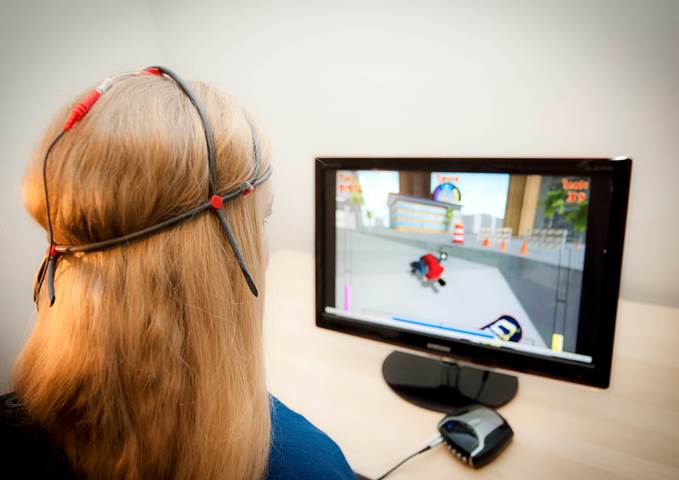
Fields of Application
Mental Health
Different neurological conditions can be associated with distinct patterns of brainwave activity. Neurofeedback training can be tailored to target specific brainwave patterns related to certain neurological conditions.

Peak Performance
Neurofeedback emerged as a powerful tool for optimizing peak performance in various domains. Whether it’s sports, academics, or professional endeavors. It can enhance cognitive abilities, focus, concentration, and overall mental performance.

Advantages & Benefits of Neurofeedback

FDA-approved
Neurofeedback training is FDA-approved intervention in mental well-being. The FDA has designated neurofeedback as a General Wellness Product based on the safety of the system and its intended uses. The neurofeedback system is perfect for individuals seeking a safe and non-invasive program for brain wellness.
Fast, Durable & Long-term
Neurofeedback training is designed to produce lasting changes in brainwave patterns and self-regulation skills. The goal of neurofeedback is to help individuals learn to self-regulate their brain activity and maintain these changes beyond the training sessions.

Personalised
Neurofeedback is a highly personalized approach to optimizing brain function and addressing specific concerns. Unlike a one-size-fits-all approach, neurofeedback recognizes that each individual’s brain is unique and requires individualized training.

Natural and safe
Neurofeedback is only a response to the measurement of electrical activity in the brain. It is a non-pharmacological and non-surgical approach to brain regulation and does not involve any external intervention or stimulation of the brain.
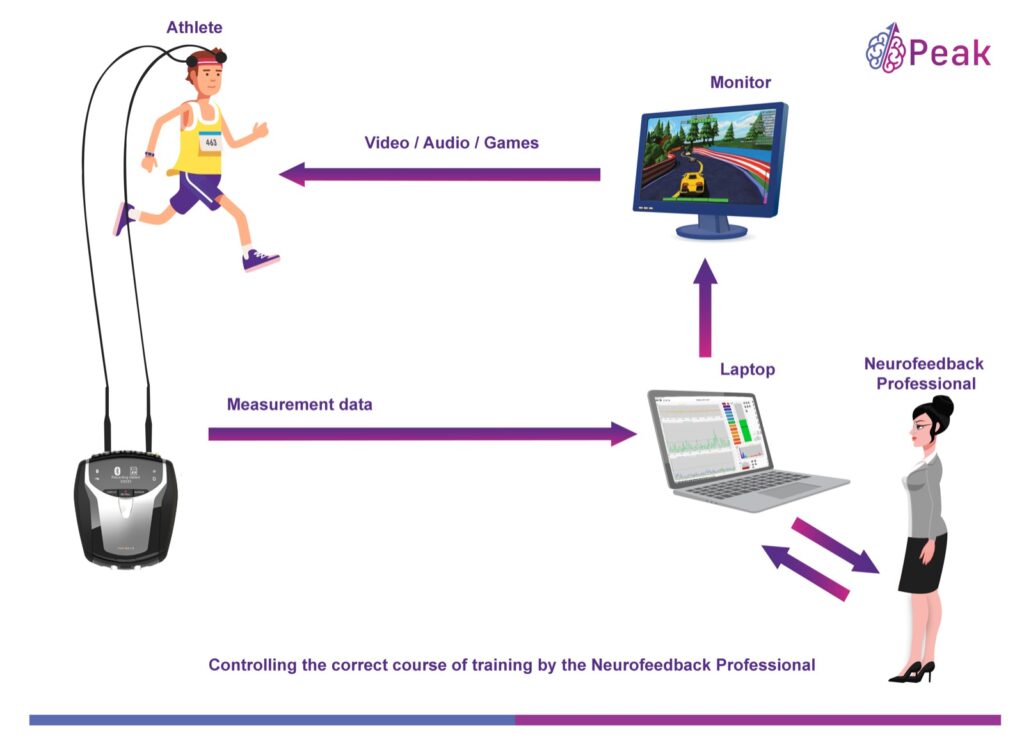
Neurofeedback Training Session
During neurofeedback training, electrodes are placed on the scalp to measure the brain’s electrical activity, but these electrodes do not transmit any electrical signals into the brain. They only detect and record the brain’s natural electrical activity.
The feedback provided in neurofeedback training is typically in the form of visual, auditory, or tactile signals that inform individuals about their brainwave patterns. These signals do not have any direct impact on the brain but serve as information to help individuals learn to self-regulate their brain activity.
As with any form of intervention, it is important for neurofeedback training to be conducted by trained professionals. They can facilitate the procedure, monitor the training process, and tailor the training protocol to meet the individual’s specific needs and goals.
The Principles of Operation
Neuroplasticity
Also called neuronal or cerebral plasticity, this concept emerged in 1848 with the famous patient Phineas Gage. Developed by Santiago Ramón y Cajal in 1906, it was not accepted by the scientific community until 1970.
This term describes our brain’s ability to adapt to the environment and to change itself as needed. We all have the capacity to create, undo or reorganize our neural networks and the connections between these neurons, from our birth to our death. This is why we speak of a plastic brain, because it is malleable, like a muscle, it shapes itself according to our experiences and learning.
Neuroplasticity intervenes during any learning process, whether it is motor, linguistic, or creative. Thus, it is possible to learn to play the piano at 30 years old, gymnastics at 52 years old or Chinese at 75 years old.
This process is also visible after a stroke or a head injury: in case of bleeding in the brain or a violent blow, neurons die and some functions may “disappear” (walking problems, inability to speak etc.). In reality, the brain is able to use other areas of the cortex to replace these functions allowing the person to recover abilities.
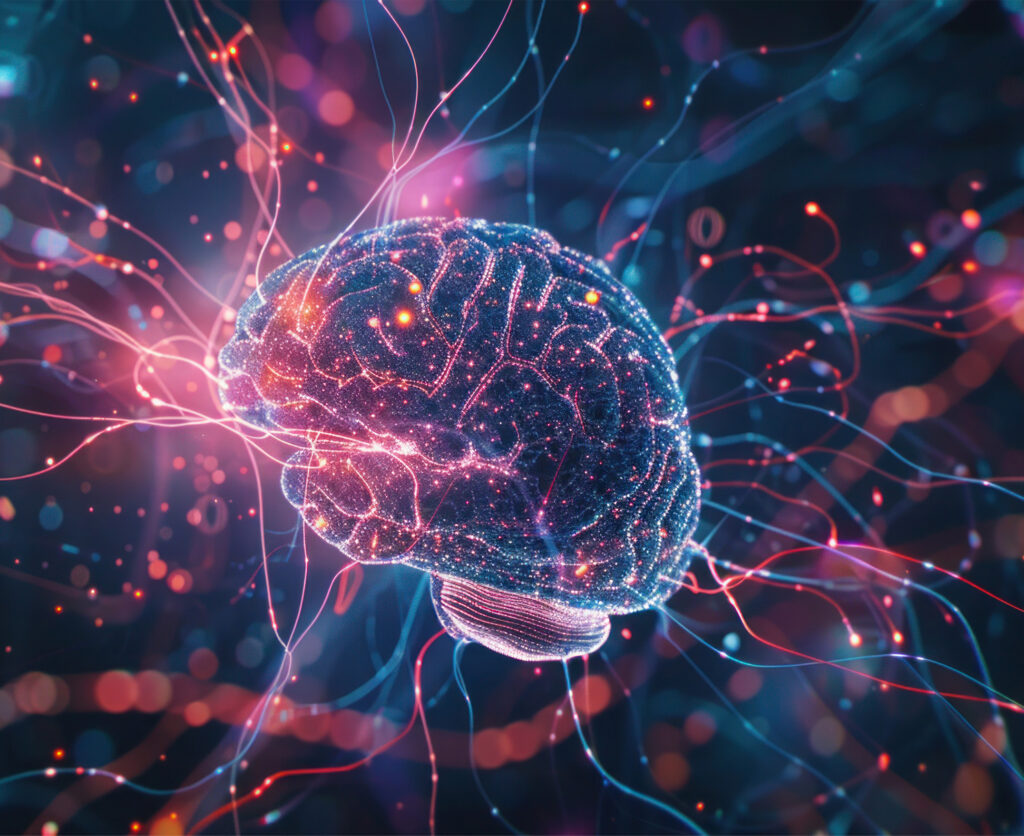

Operant Conditioning Theory
It is a learning method developed in part by Frederic Skinner that allows the association between a behavior and its consequence: reinforcement or punishment.
Any behavior followed by a reward will be reinforced, it will tend to be repeated because there is motivation to receive the reward. On the contrary, any behavior that is not rewarded will tend to decrease to avoid punishment. For example, to teach a dog tricks, we will motivate it with food as soon as it performs the requested action.
For the brain it is the same, in a healthy environment it will be motivated to activate itself in a certain way to get as much reward as possible. In the case of neurofeedback, the reward is a movie projected on a screen with good image quality and good sound, while the “punishment” is a darkening of the screen with a reduction of the sound (it is also possible to do this with music for people with severe vision problems).
Learning Concepts
Implicit learning
During a neurofeedback training session, it is not necessary to make a conscious effort for your brain to improve. While your brain is working, you are watching a movie: you are not aware of the effort it is making!
The best parallel is learning to ride a bike. When you learned, you didn’t have to mobilize your resources to think about activating your muscles, managing your balance, pushing the pedals. All of this happened automatically and with repetition, you improved your skills to master the bike without the little wheels.
Moreover, even if you don’t ride a bike for 3 years, you don’t forget how to pedal. Neurofeedback is the little wheels for the brain to learn. Once you have finished your sessions, the benefits remain.

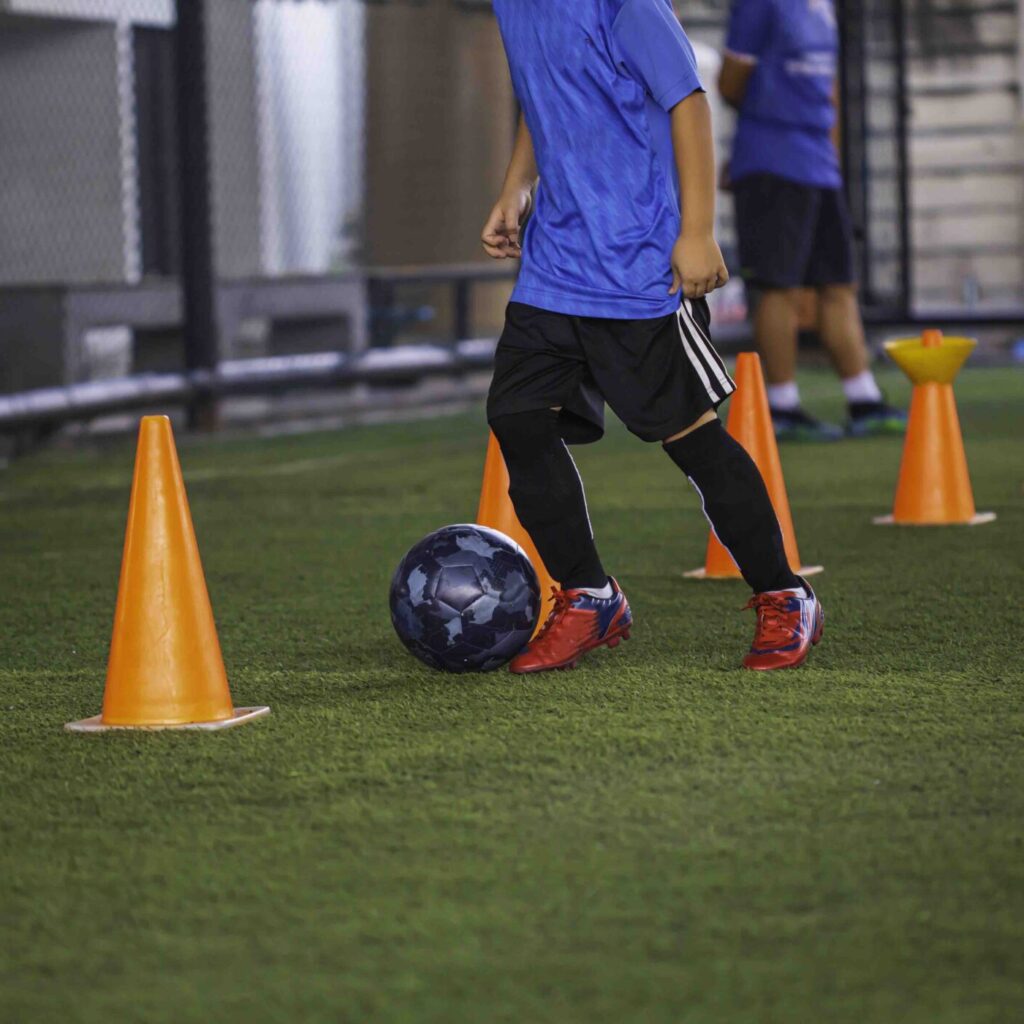
Rehearsal
A single neurofeedback session will might give you immediate relief, but it will not last over time. In order to learn to better regulate itself and adapt to its environment, the brain has to repeat the neurofeedback exercise several times until it masters this skill on its own.
With Peak Neurofeedback, it takes an average of 10 to 30 sessions to reach the goal (the sessions last 1 hour
Constance
In order to achieve optimal results it’s ideal to have 2-3 sessions per week, at least 1 neurofeedback session per week is required ! If the sessions are too far apart, especially at the beginning of the training, your brain will take longer to learn. It is a dynamic process.
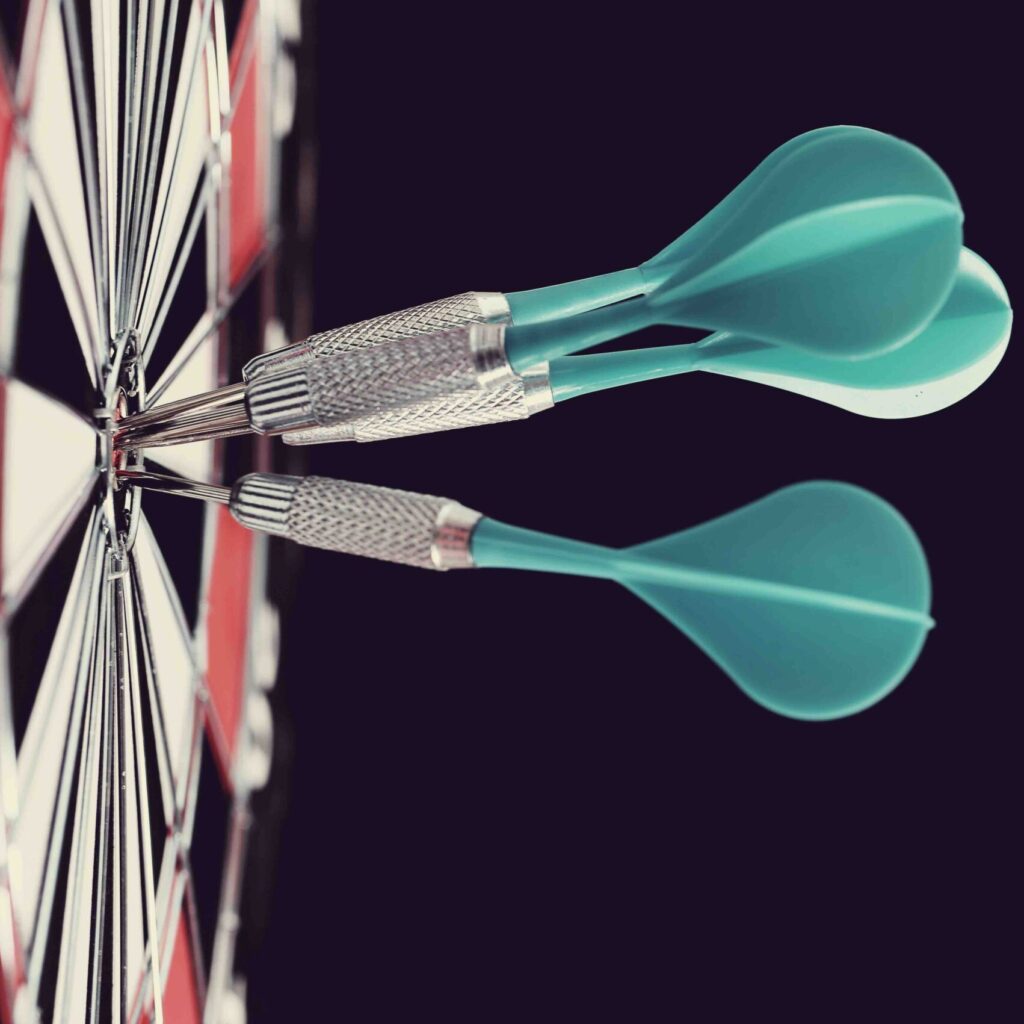
Book Your Consultation
Giving you the opportunity to
Answer all your questions
Assess whether our services are suitable for your needs

